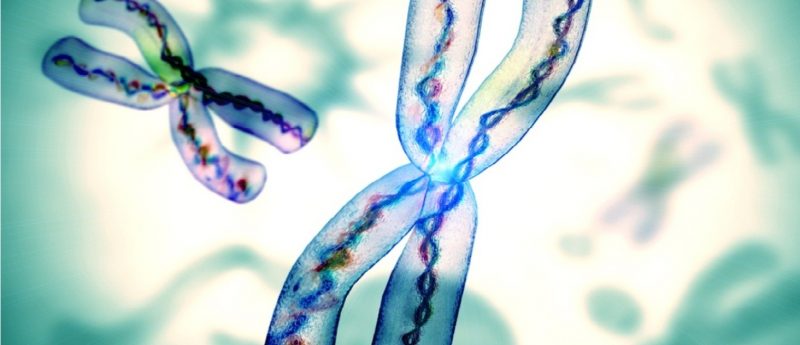How to defy aging: could we learn from sea urchins?

Scientists from the Mount Desert Island Biological Laboratory (ME, USA) studying the aging process of sea urchins have suggested that the physical decline and loss of regenerative capacity that are associated with aging may not be inevitable.
Scientists from the Mount Desert Island (MDI) Biological Laboratory (ME, USA) studying the aging process of sea urchins have suggested that the physical decline and loss of regenerative capacity that are associated with aging may not be inevitable. The scientists hope that a greater understanding of the regenerative process in sea urchins will shed light on the aging process in humans.
Aging is typically characterized by a reduction in regenerative capacity and a failure to maintain tissue homeostasis. In this new study, James Coffman and Andrea Bodnar (both Mount Desert Island Biological Laboratory) studied the regenerative capacity of sea urchins to further understand the aging process. These creatures live to old ages, showing no signs of poor health and maintaining the ability to regenerate damaged tissue and reproduce.
Coffman and Bodnar studied three species of sea urchin with long, intermediate and short life expectancies — life spans ranged between four and 100 years — and hypothesized that regenerative capacity of the sea urchins with the shortest life expectancy would decline with age. However, the scientists observed that regenerative capacity was not affected by age in any of the sea urchin species, indicating that the physical decline that ordinarily accompanies old age is not necessarily inevitable.
“We wanted to find out why the species with short and intermediate life expectancies aged and the long-lived species didn’t,” commented Coffman. “But what we found is that aging is not inevitable: sea urchins don’t appear to age, even when they are short-lived. Because these findings were unexpected in light of the prevailing theories about the evolution of aging, we may have to rethink theories on why aging occurs.”
It is generally acknowledged that in organisms that have a decreased chance of survival after reproducing, aging will result as a side effect of the genes that promote growth and development up until reproduction. Thus, many organisms with a low expectation of survival in the wild will decline in health and regenerative capacity after reaching reproductive maturity.
Conversely, Coffman and Bodnar’s observations contradict this theory, indicating that senescence may not be tied to a short life expectancy in the wild. The scientists plan next to identify why short-lived sea urchins defy normal aging expectations, and what role the immune system may play in maintaining youthful function in old age.
Sources: Bodnar AG, Coffman JA. Maintenance of somatic tissue regeneration with age in short- and long-lived species of sea urchins. Aging Cell doi: 10.1111/acel.12487 (2016) (Epub ahead of print); https://mdibl.org/press-release/is-aging-inevitable-not-necessarily-for-sea-urchins/